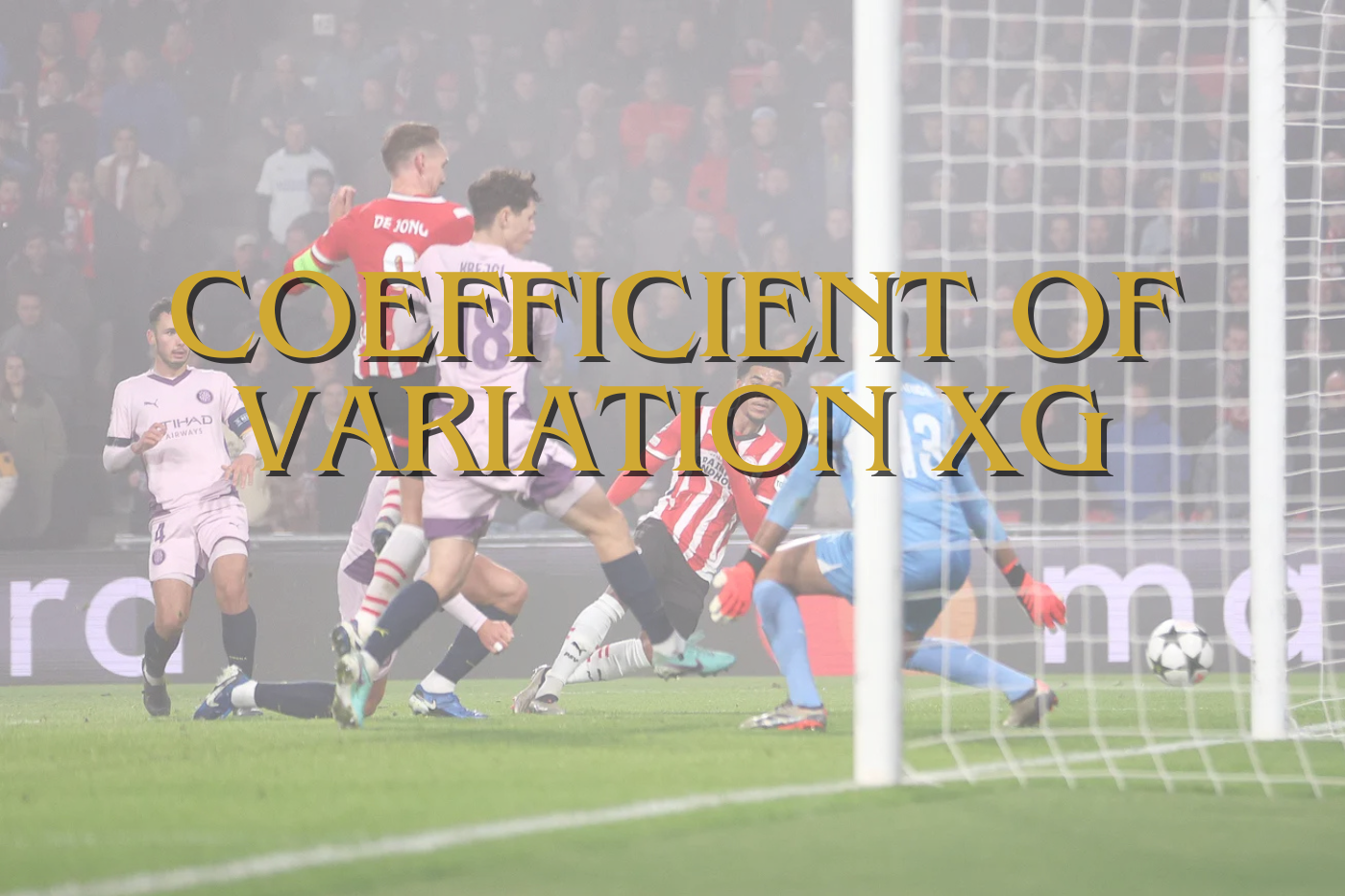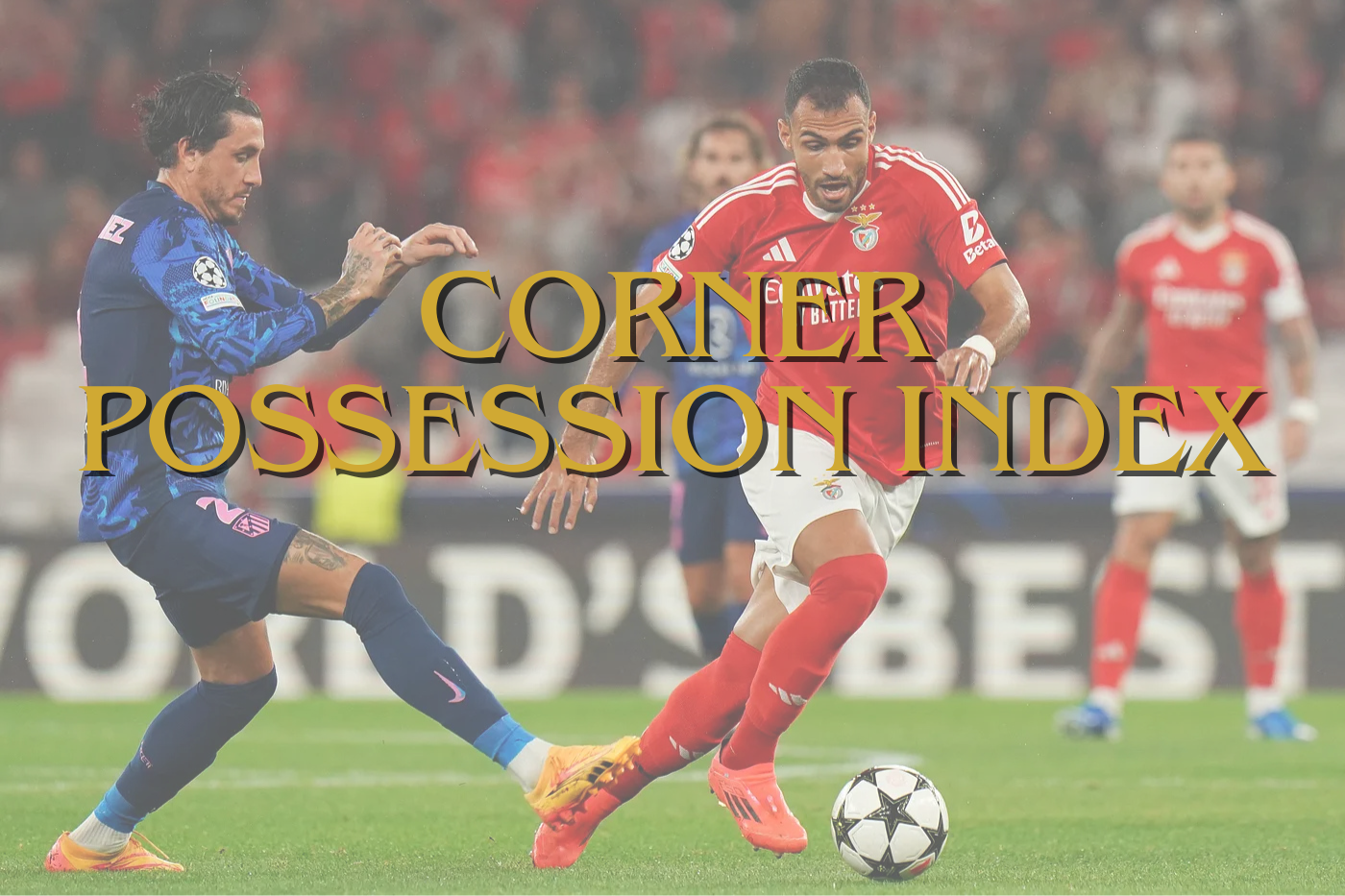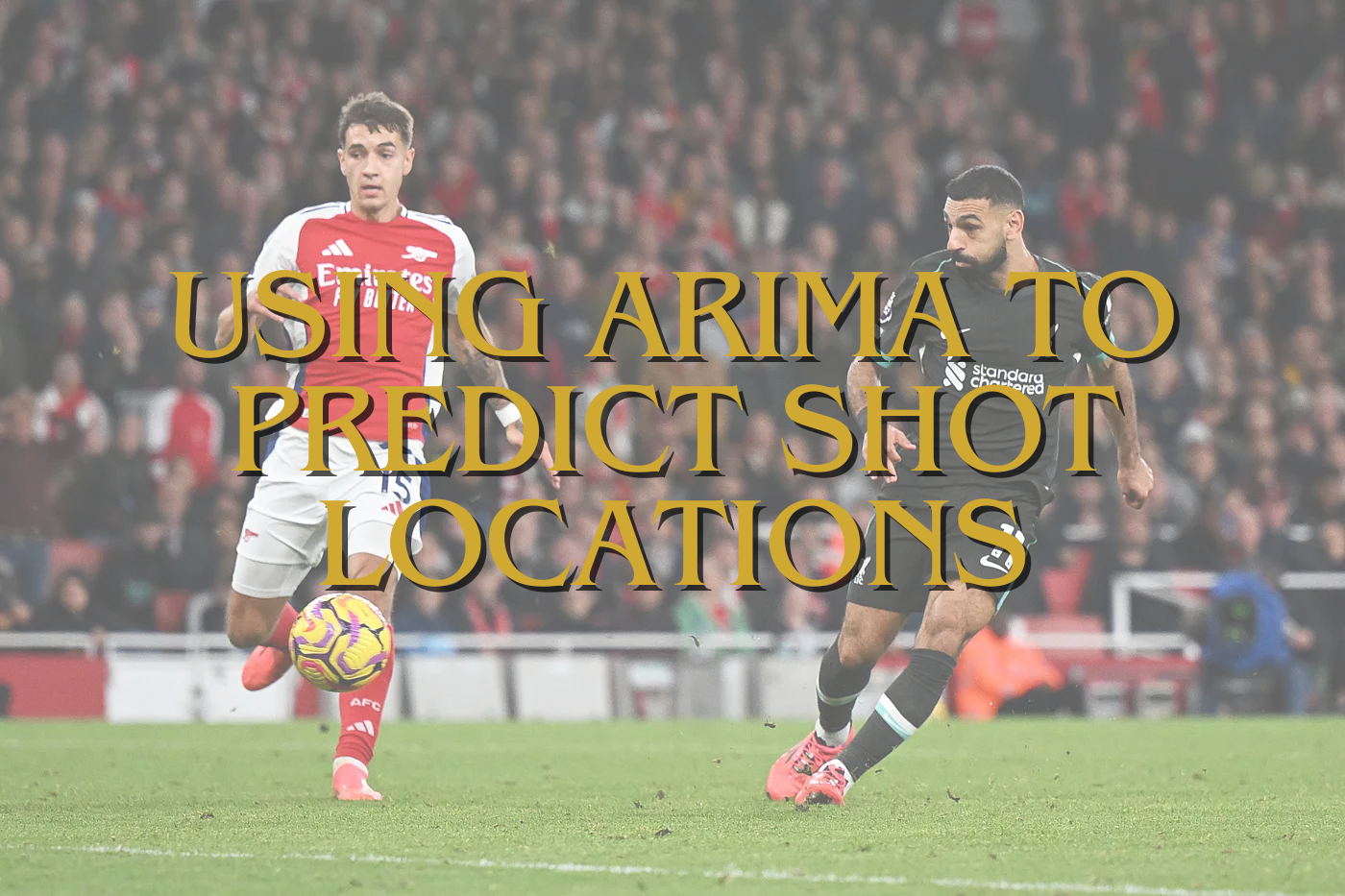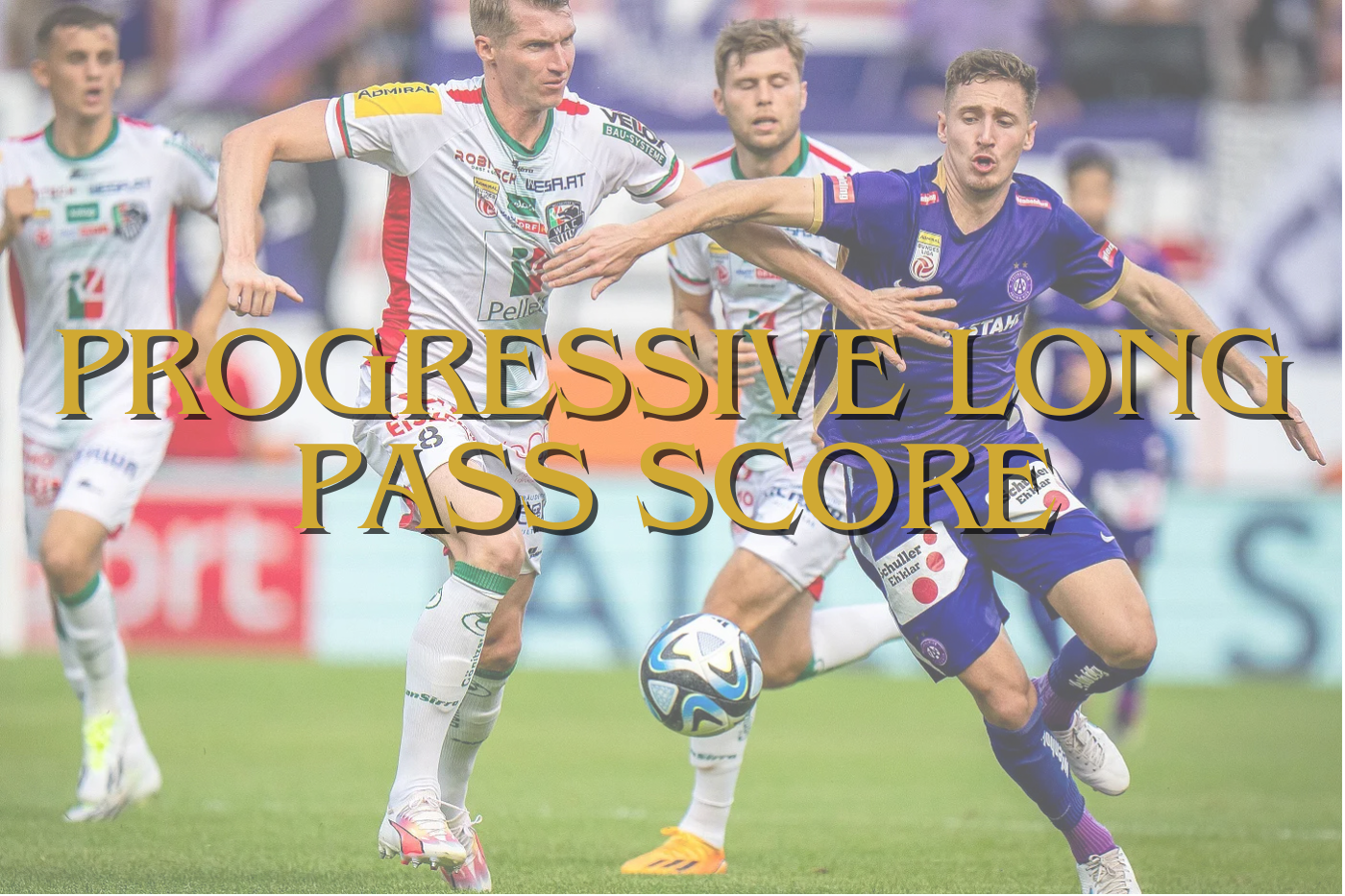The season has well started in most of the leagues and that means that set-piece analysis of goals from attacking corners can be done. My attention goes to the Scottish Premiership. Before I analysed Dundee United in the 2020/2021 season and this time my focus goes to titleholders Rangers FC.
Rangers FC will be fighting for titles on different fronts, but the Premiership is one of the main goals, and scoring set pieces is of vital importance when you are having difficult times against tough opponents. So far, the Glasgow outfit has scored three goals via attacking corners and in the videos below, I will show you how they did via analysis.
Rangers FC vs Ross County
In the video above we see Rangers FC against Ross County with Rangers having a corner from the right. The corner is taken by a right-footed player, meaning the ball will swing out towards the penalty spot. Ross County employs an one-man zonal structure with two man marker and three blockers
Rangers has a player on the left for the short option and one player just outside the penalty area. This player is tasked with cleared balls and also with being the first line of rest defence. There is one player in the six-yard box and in the middle on the penalty spot they have five players against six players of Ross County, meaning that Ross County have an overload in this area.
As soon as the ball is taken we see the four runners split into two units: one unit of three and one unit of one. The unit of three moves towards the central zones of the penalty area, while the other player moves towards the far post, because that is where the room and space have been created. The attention goes to the three runners to the goalkeeper zone, leaving the far post relatively free. It’s a 1v1 and it’s won by Rangers, after which they convert the cross into a goal.
Rangers FC vs Celtic
In the video above we see Rangers FC against Celtic with Rangers having a corner from the right. The corner is taken by a left-footed player, meaning the ball will swing in towards the six-yard box. Celtic employs a one-man zonal structure (error in the video) with two man markers.
Rangers has two players in the six-yard box with one player just standing outside the six-yard box. Rangers also has three runners coming from the deep far post zone, who will make their way into the six-yard box at the far post, in order to get most momentum in that area of the pitch.
As soon as the ball is taken we see the three runners split in two units: one unit of two and one unit of one. The unit of two moves towards the far post zones of the penalty area, while the other player moves towards the far post as well, because that is where the room and space have been created. The units don’t split much in terms of space, but create just enough stretch so that the three can attack the cross and not be in the way of each other. In the end, it’s a 3v2 overload and Rangers come out victorious in this corner and score a goal.
Rangers FC vs Motherwell
In the video above we see Rangers FC against Motherwell with Rangers having a corner from the right. The corner is taken by a right-footed player, meaning the ball will swing in towards the penalty spot. Motherwell employs a two-man zonal structure with one man marker in the six-yard box.
Rangers have one player in the six-yard box with one player just standing outside the six-yard box. Rangers also has three runners coming from the deep penalty area zone, who will make their way into the six-yard box at the far post and goalkeeper zone, in order to get most momentum in that area of the pitch and create overloads in the six-yard box where it’s possible. One player stays behind and guards the first line of rest defence.
As soon as the ball is taken we see the movement in the five players on the edge of the penalty area. Four of those players actually move forward to make something of this corner. You have one player closer to the corner taker and he goes forward, but immediately remains conservative and stays just inside the penalty area. In the end, we see two players going in opposite ways and joined by the third, move towards the goalkeeper zone and far post zone. This all is a distraction as the two players close to the six-yard box are the ones to focus on. The highlighted player moves to the front post and drags three defenders with him, creating space for the other player in the six-yard box – who can easily convert the headed ball into a goal.







